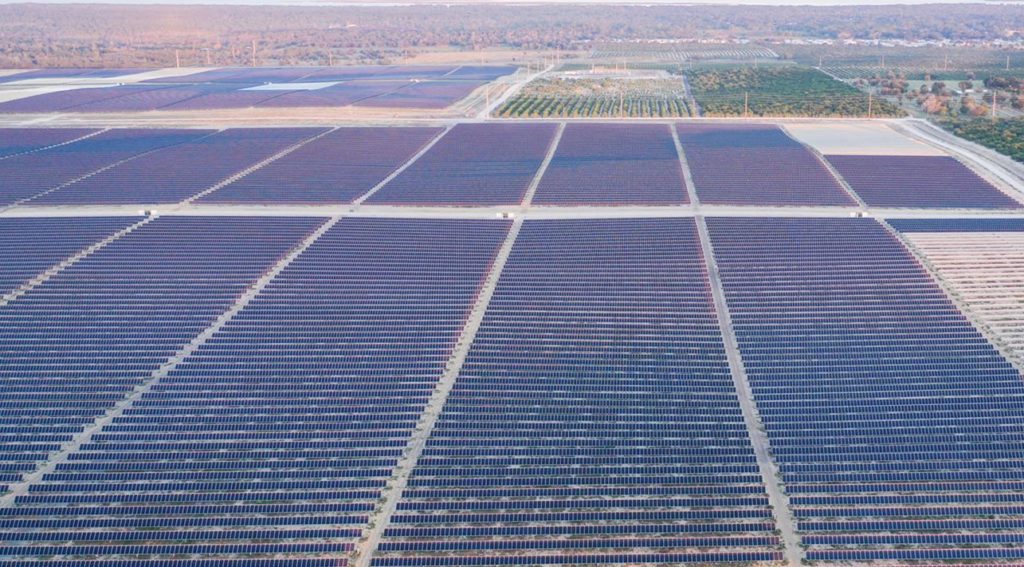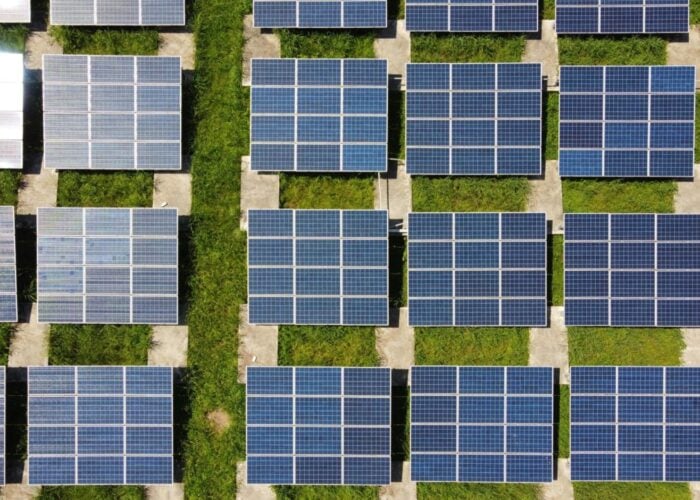
The US solar industry had the most growth of any quarter in its history in Q1 2023, as delayed projects from 2022 came online and supply chain constraints showed signs of loosening.
According to the US Solar Market Insight Q2 2023 report from Wood Mackenzie and the Solar Energy Industries Association (SEIA), 6.1GW of solar was installed across the country in the first three months of the year. This represented a 47% year-on-year increase from Q1 2022 and a 19% decline from Q4.
Unlock unlimited access for 12 whole months of distinctive global analysis
Photovoltaics International is now included.
- Regular insight and analysis of the industry’s biggest developments
- In-depth interviews with the industry’s leading figures
- Unlimited digital access to the PV Tech Power journal catalogue
- Unlimited digital access to the Photovoltaics International journal catalogue
- Access to more than 1,000 technical papers
- Discounts on Solar Media’s portfolio of events, in-person and virtual
Utility-scale projects led the way with 3.8GW installed, followed by 1.6GW of residential PV, 391MW of commercial and industrial (C&I) and 212MW of community solar. The latter was the only market segment not to have a record-setting Q1. Solar PV accounted for over half (54%) of the US’ new electricity-generating capacity additions in Q1.
Utility-scale projects were up 66% on Q1 2022, due to a slight relaxing of module supply constraints that led a number of delayed projects from 2022 to finally come online. WoodMac said that over 12GW of modules passed through US customs in the first quarter of the year, compared with 29GW across the whole of 2022. This is partially due to clarifications in the documentation for importers under the Uyghur Forced Labor Prevention Act (UFLPA), the report said, allowing modules with North American or European polysilicon to pass through and releasing some detained panels. Products containing Chinese polysilicon are still being held at the border.
The Customs and Border Protection Agency (CBP) released figures in April showing that 2GW worth of modules were detained under the UFLPA in 2022, representing over US$700 million. WoodMac said that it expects these constraints to continue to ease over the coming years.
January research from WoodMac suggested that the US would struggle to meet its solar PV demand with domestic supply and would need to rely on imports in the coming years.
The residential solar market saw a record Q1, but installations fell 3% compared with Q4 2022, ending the sector’s seven-quarter streak of consistent record-setting. California, traditionally the beacon atop the US’ residential solar mountain, saw a decline in installations because of intense rainstorms halting work. The report also indicated economic headwinds, like inflation, cost-of-living and bank failures, which held the sector back somewhat.
Community solar also saw a dip, in large part because of a drop-off in New York installations; the state has been a leader in community solar in recent years. Interconnection challenges and siting issues also held things up.
WoodMac forecasts that 2023 will see the least community solar installed since 2020, but that figures will pick up and continue to rise from 2024 onwards.
In terms of state markets, Florida was the clear frontrunner in Q1. Just over 1.6GW of Floridian PV was installed between January and April, around 700MW more than the next largest state market, California (951MW). Texas was third, with 765MW.
The headline for the future of US solar points to a tripling in market size by 2028, with 236GW of capacity expected online in the next five years. The report forecasts 29GW of new capacity this year, compared with 21GW in 2022. Residential solar is expected to slow its growth across the board, caused in part by the relative disincentivising effect of California’s NEM 3.0 legislation.
Utility-scale will see 172GW added through 2028, aided by the effects of the Inflation Reduction Act (IRA) taking full hold in 2024-25. WoodMac’s report specifically mentioned the domestic content requirements under the IRA’s investment tax credit (ITC), which were released last month.
40% of the cost for equipment used in a PV project will need to be represented by US-made products in order to qualify for the domestic content benefit, which the report said would likely be impossible without US-made solar cells. The level will rise to 55% in 2026.
Currently, there is no operational cell capacity in the US. The first cell capacity is expected in 2024, with increases in the following two years. As such, it will take a few years for the full scope of the IRA’s benefits to start benefitting the industry.
As of the end of Q1, 52GW worth of US PV manufacturing projects are expected online by the end of 2026. The easing of supply chain constraints is a welcome relief, allowing the industry room to continue growing whilst domestic supply ramps up.







